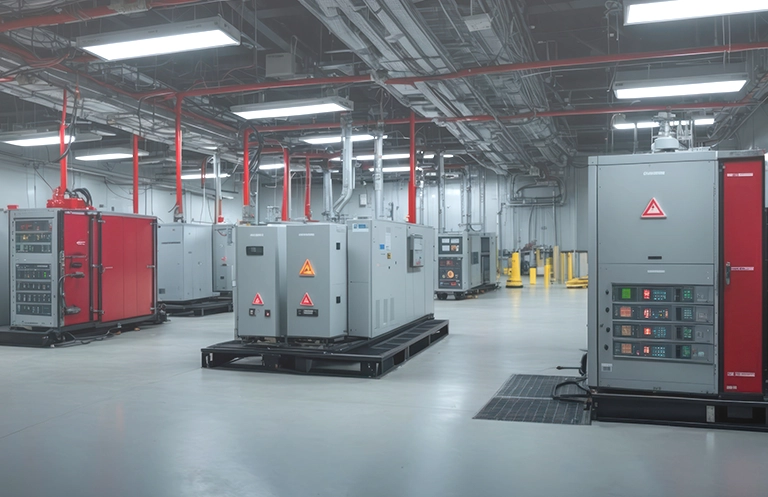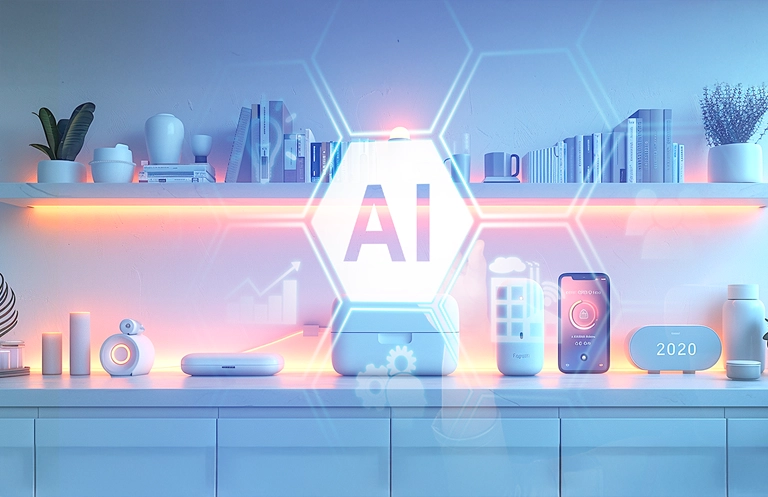Today, there are nearly 5 billion connected devices in the Internet of Things (IoT) space. Gartner predicts this to increase to over 30 billion devices which stand to generate more than $260 billion in revenues by 2020. Considering the huge potential in IoT space, it is important to gain more knowledge about IoT and the importance of seamless integration and testing of various connected device components.
The Internet of Things has three major components – devices, communication and computing. Devices are things or physical objects which will be connected with the Internet. This could be your car, a watch or even a refrigerator. The second component is communication which can happen through Wi-Fi or satellites and cellular services, a component which is very critical in order to keep the entire system working. Computing, the third component, it enables the system to run efficiently. In simple terms, computing is carried out in a central location on a server. An effective IoT application helps integrate all three components to enable intelligent decision-making.
With a key number of touchpoints, QA and Testing plays an important role in ensuring smooth integration and operation of IoT applications.
With the increasing use of smartphone devices, it has become important for test engineers to test applications that are compatible across mobile devices with different models, screen sizes, and operating systems. For success in IoT environment, seamless interaction between hardware and software is required which means integration testing play a key role in achieving the success. The devices may work well in isolation, however it is important to test them so that they work in sync and can communicate with different devices, software applications and mobile apps.
Let us take the example of a Home Automation IoT application. We may consider hundreds and thousands of devices, sensors, and applications that generate big data every day and which further need to be collected, stored, and analyzed. While testing these applications, it is not possible that every component in the real world is tested successfully, which indicates the importance of simulators in helping test various components involved. Hence, it is very important to choose testing tools and techniques to simulate data that is closer to real-world observations. For this, leveraging IoT Testing Services can ensure effective simulation and comprehensive testing of IoT applications.
QA & testing on IoT Solution And Services devices can be done across multiple locations. It starts with integration testing between all hardware and software along with usability testing which ensures sure that the user can interact and use the entire system in the manner they want to. This will also enable a seamless user experience and ultimately make sure that all connected devices, applications and communication protocols are working seamlessly. Additionally, interoperability testing will be vital to making sure that all connected devices and applications are able to support the much needed functionality for internally and to externally connected devices. Finally, with tons of data streaming in every day; security testing is a mandatory discipline to ensure that for IoT applications, the data that generates valuable insights is secure.
A strategic approach with a strong test strategy is an essential factor to test an IoT application since all components may work well in isolation and may not work as an integrated solution.












